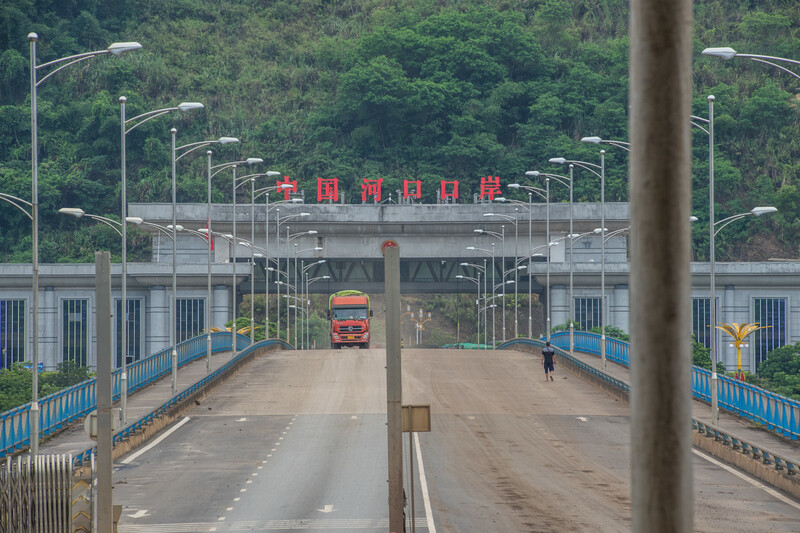THB 500 billion target for Thailand’s Eastern Economic Corridor over next 5 years
The Government of Thailand eyes an investment target of THB 500 billion (around $13.7 billion) for its Eastern Economic Corridor (EEC) over the next five years, focusing on industries such as electric vehicle development, medical services, biotechnology infrastructure, and digital industries.




